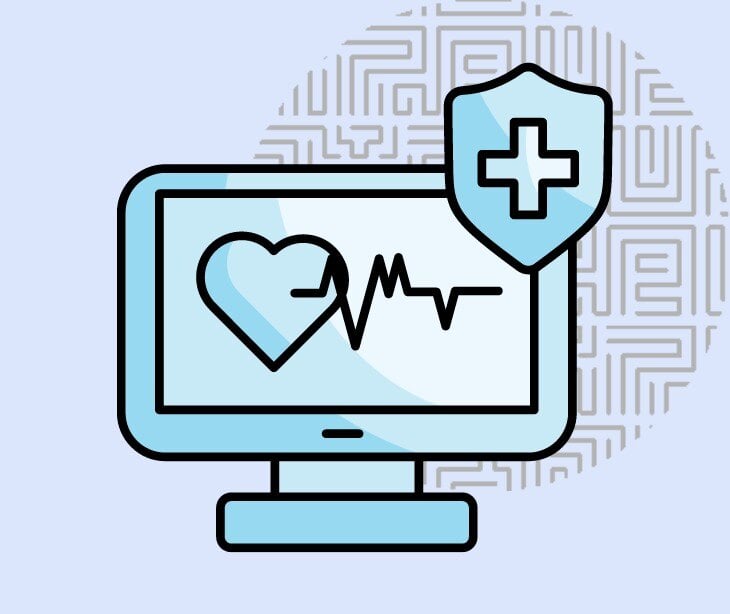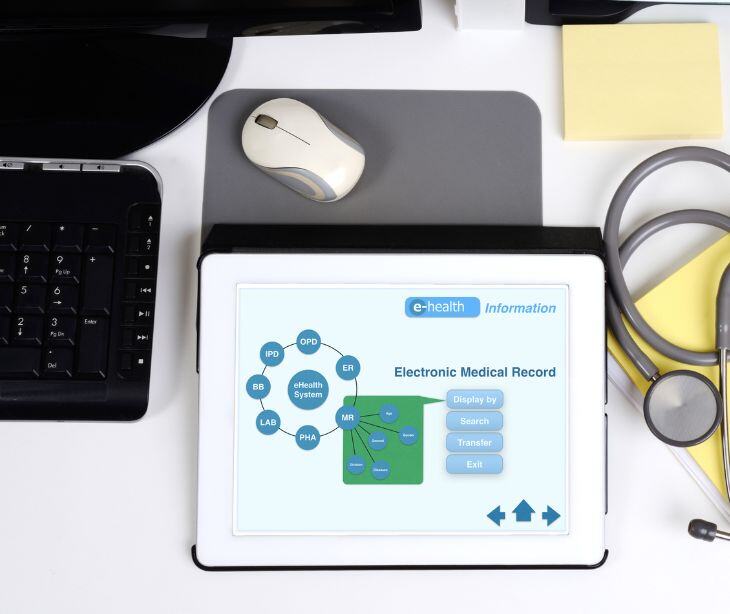1 min read
Electronic health information (EHI) vs. electronic health records (EHR)
Tshedimoso Makhene
July 05, 2024

Electronic health information (EHI) includes all electronic health data, including things like billing data and insurance details, while electronic health records (EHR) specifically focus on a patient's medical history and care.
What is electronic health information (EHI)?
Electronic health information is an umbrella term that includes health-related data stored and transmitted electronically. This includes not only clinical data but also any other information about the individual. Examples of EHI include:
- Medical records
- Health histories
- Lab test results
- Clinical information
- Billing and payment records
- Insurance details
EHI is comprehensive and covers all forms of electronic information related to health, regardless of its source or format. It can be used for a variety of purposes, such as clinical decision-making, research, public health reporting, and health information exchanges.
What are electronic health records (EHR)?
Electronic health records (EHR) are digital versions of a patient's paper chart. They are real-time, patient-centered records that make information available instantly and securely to authorized users. EHRs typically include:
- Patient demographics
- Medical histories
- Medication and allergy lists
- Immunization status
- Laboratory test results
- Radiology images
- Treatment plans
- Progress notes
EHRs are designed to be used within clinical settings and are shared across different healthcare environments, such as hospitals, clinics, and laboratories.
See also: Disadvantages of an EHR system
Differences between EHI and EHR
Scope and content
- EHI is a broad term that includes any electronic health information, whether clinical or administrative.
- EHR is a specific type of EHI that focuses exclusively on detailed patient health records maintained by healthcare providers.
Purpose
- EHI is a general category for all electronic health-related data and can be used for research and public health.
- EHR supports clinical care by providing a complete and accurate record of a patient's health history.
Usage
- EHI can be utilized in various contexts, from clinical settings to health information exchanges and administrative processes.
- EHRs are primarily used in clinical environments to enhance patient care by ensuring that all relevant health information is readily available to authorized healthcare providers.
See also: HIPAA Compliant Email: The Definitive Guide
FAQs
Who can access EHI and EHRs?
Access to EHI and EHRs is typically restricted to authorized individuals and entities, such as healthcare providers, patients, and, in some cases, researchers or public health officials. Privacy and security measures are in place to protect this sensitive information.
Can EHI and EHRs be shared across different healthcare systems?
Yes, EHI and EHRs are designed to be interoperable, meaning they can be shared across different healthcare systems and providers.
Subscribe to Paubox Weekly
Every Friday we'll bring you the most important news from Paubox. Our aim is to make you smarter, faster.



